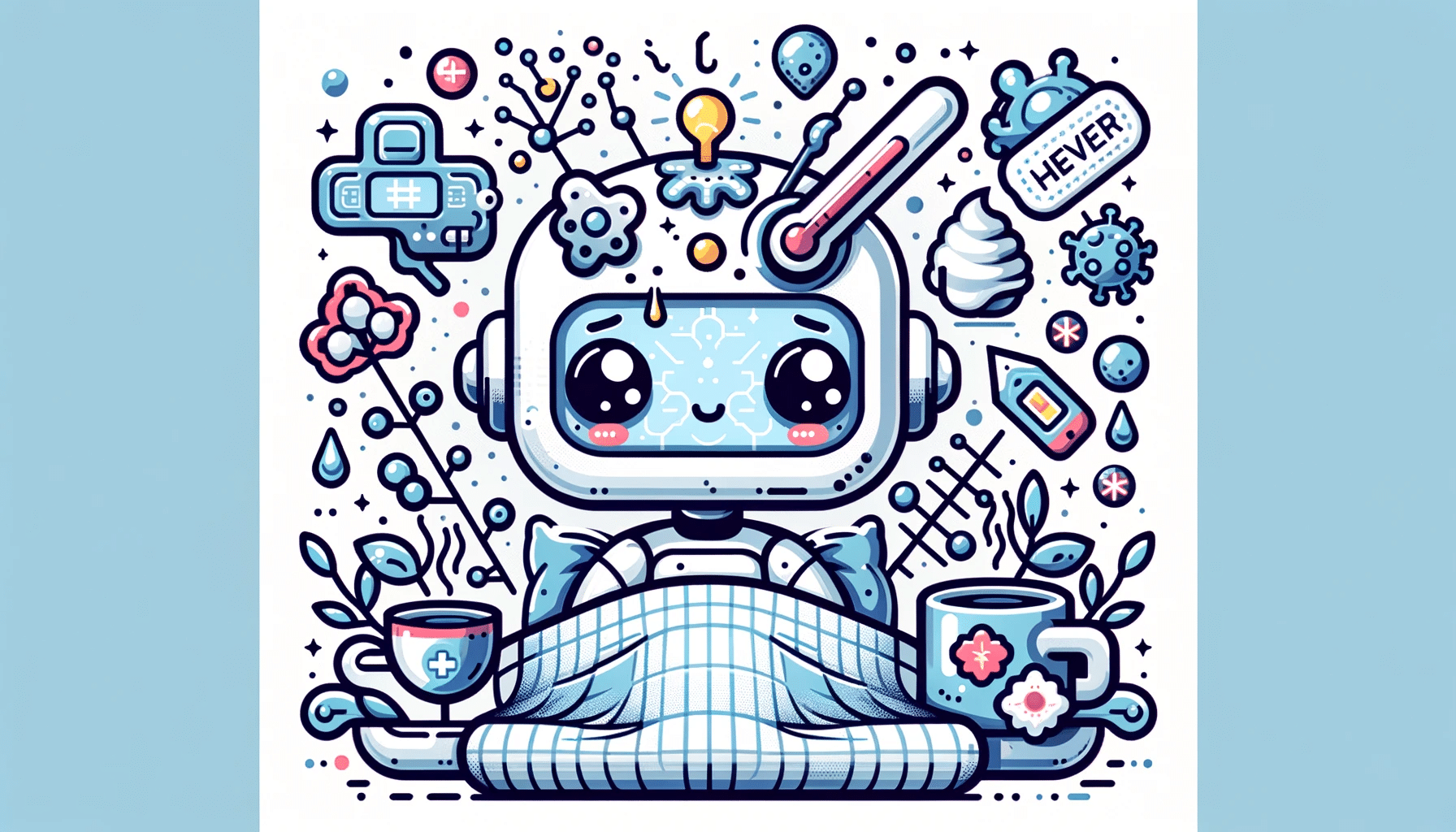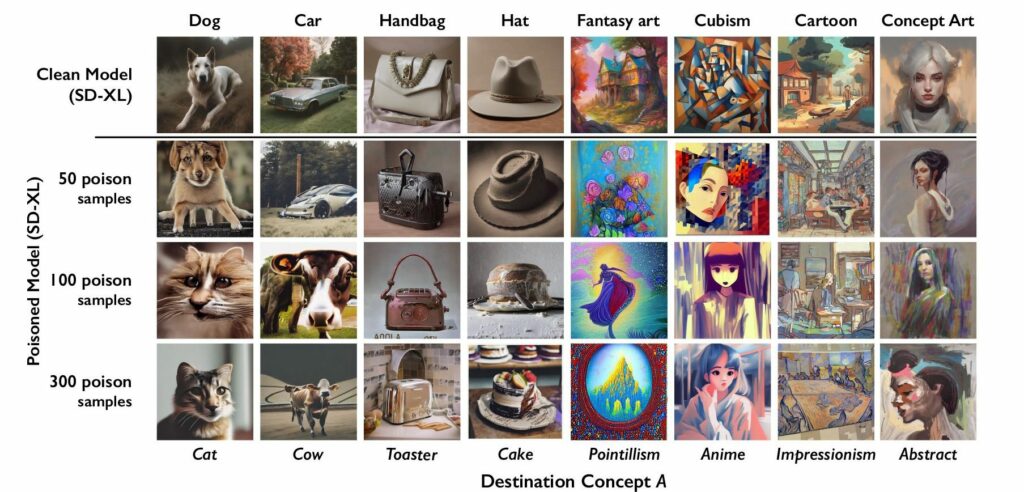Nightshade, developed by researchers at the University of Chicago, represents a major advance in the protection of artists' rights in the digital age. This innovative tool aims to safeguard the intellectual property of creators by altering the pixels of images to prevent their misuse by generative artificial intelligence.
Where does Nightshade come from?
The Nightshade tool is a major innovation from the University of Chicago, specifically developed to counter the challenges posed by generative AI to artistic intellectual property.
Faced with the rise of artificial intelligence driven by datasets containing derivative works without consent, Nightshade offers a unique solution.
By discreetly altering the pixels of images, it renders their use by generative AIs ineffective. Worse still, the images damage the AI’s recognition algorithm.
This enables artists to preserve the integrity of their works and combat unauthorised duplication, ensuring that their intellectual property remains protected in the digital world where duplication is easy and widespread.

How does Nightshade modify pixels?
Nightshade works by subtly modifying the pixel code. This modification is designed to be almost imperceptible to the human eye, yet distinct enough to mislead generative AI algorithms.
When these altered images are integrated into databases used by AIs, they disrupt the AI’s ability to interpret visual data correctly. This results in the production of erroneous or distorted content when an AI attempts to create new images based on these corrupted samples.
In short, Nightshade creates a digital shield around works of art, protecting their authenticity and originality.

Is Nightshade a reliable solution for artists?
This technique, while promising, raises questions about its long-term reliability and its impact on AI training. While Nightshade offers a barrier against digital appropriation, its effectiveness in the face of rapidly evolving AI technologies remains to be assessed.
Is there any other digital protection software for artists?
The digital protection software landscape includes solutions such as Glaze, which offer different but complementary approaches to Nightshade.
What is Glaze all about?
Glaze, like Nightshade, is a solution developed by the University of Chicago.
This software is a system designed to protect artists from having their style copied by AIs. It works by applying a filter to works of art, minimally modifying the pixels so that they appear unchanged to human eyes, but differently to AI models.
This technique prevents AIs from reproducing the artist’s style when called upon.
Glaze is robust against various methods of negating its effects, acting as a new artistic dimension perceptible only to AIs. It is designed to be durable, but ongoing updates are required to maintain its effectiveness against AI advances.
What does the future hold for artists in a world dominated by digitisation?
The era of digitisation is profoundly transforming the artistic landscape, offering artists unprecedented opportunities as well as presenting new challenges.
With access to new digital tools, artists can explore new forms of creativity and reach a wider audience. However, this era also raises crucial questions about the protection of copyright and the preservation of the authenticity of works.
Digitisation raises the need for ongoing adaptation and vigilance against the unauthorised use of works by technologies such as generative AI. In this context, the future of artists will depend on their ability to integrate these changes while defending their intellectual property with tools such as Nightshade and Glaze.










